The Aboriginal people of Australia are one of Earth’s oldest cultures. Their folklore stretches back millennia. Passed down from storyteller to storyteller. The Wandjina – the cloud spirits from the sky – brought life to the planet. All images of them are sacred
—
Australia is burning. “This is a climate crisis, but this is a climate crisis caused by colonization and mismanagement of land”. These are the words of Larissa Baldwin, from the Widjabul clan of the Bundjalung nation, and the First Nations justice campaign director of GetUp – an organisation bringing people together on issues of Environmental Justice, Human Rights, Economic Fairness and Democratic Integrity [1]. The 26th of January is Australia Day – a commemoration of anniversary of the day in 1788 when the First Fleet of British ships arrived at Port Jackson, New South Wales, and the Flag of Great Britain was raised at Sydney Cove by Governor Arthur Phillip. It used to be known as Foundation Day, but now it is increasingly known as Invasion Day and Survival Day.
In 2016/17 researchers at the University of Newcastle compiled the most complete list to date of the massacres of Australian First Nationals carried out by the British settlers. “The exact death toll from massacres and the frontier wars is unknown, but it runs in the hundreds of thousands. More than 65,000 Aboriginal and Torres Strait Islander people were killed in massacres or conflicts between 1788 and 1930 in Queensland alone”[2]. It’s genocide, and its ongoing.
Colonization also led to the “Stolen Generations,” when at least one in three Aboriginal and Torres Strait Islander children were forcibly removed from their families between 1910 and the 1970s, to be confined in institutions or raised by white families. This was a practice meant to “breed out the color” [3]
Fire-stick farming, also known as cultural burning, was once practised widely by Aboriginal Australians as a means of clearing and managing the land. These controlled burnings created fire-breaks which helped stop the spread of wild-fires – which occur naturally in the hot, dry Australian climate. The 2019-2020 bush-fire season has been the most destructive and devastating on record. As of the 14th of January 2020, 72,000 square miles of land had burned, destroying 6,000 buildings, killing 35 people, and an estimated one billion animals, many of which are now endangered species.
For thousands upon thousands of years Indigenous Australians lived in harmony with nature. They understood the signs and cycles of their environment and passed these down through folk-tales and stories, told and retold. Nature is sacred to the Aboriginal people, but there is no one over-arcing deity covering all of Australia.
Each tribe has its own deities with an overlap of beliefs, just as there is an overlap of words between language groups.The Wandjina spirits in the northern Kimberley of Western Australia belong to the Ngarinyin,Worora andWunambal tribes. These Wandjina are responsible for bringing the Wet Season rains, as well as laying down many of the laws for the people. As one travels east, this function is taken over by Yagjagbula and Jabirringgi, The Lightning Brothers of the Wardaman tribe in the Victoria River District of the Northern Territory, then by Nargorkun, also known asBula, in the upper Katherine River area, and by Namarrgun, the Lighning Man in the Kakadu and western Arnhem Land regions.[4]



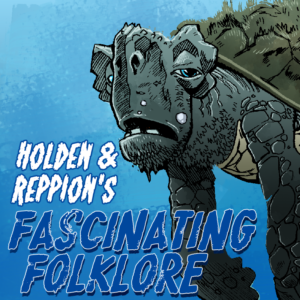

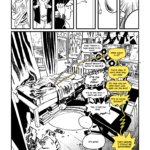
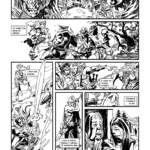
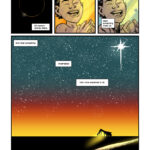
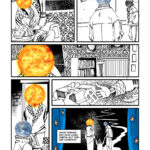
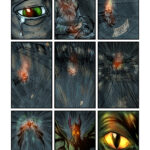
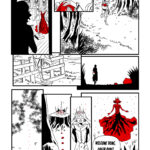
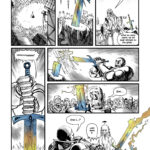
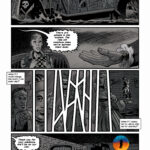
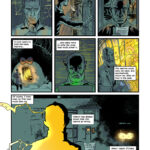
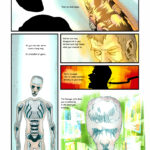
 Unlock with Patreon
Unlock with Patreon
Recent Comments